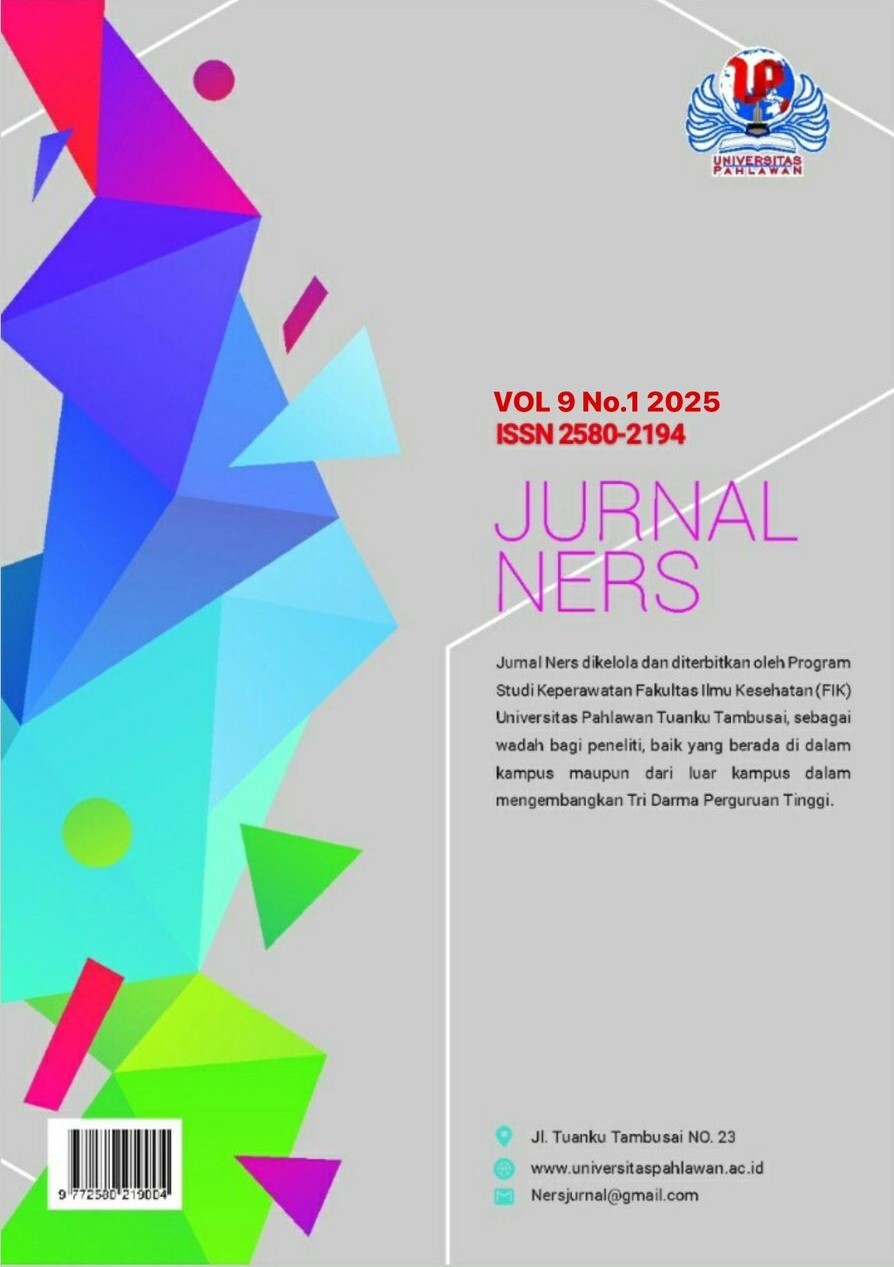Manifestasi Klinis dan Manajemen Autoimmune Anemia Hemolytic (AIHA): Laporan Kasus Pada Pasien Perempuan Usia 40 Tahun
Abstract
Autoimmune hemolytic anemia (AIHA) is decompensated acquired hemolysis caused by the body's immune system working against its own red blood cell antigens. A 40-year-old female patient came to the emergency room with complaints of black stools like tar, her eyes looked yellow, her body felt weak and she had a headache that had been felt for 5 days before she was admitted to hospital. The patient had a similar complaint which was felt approximately 4 years ago. On physical examination of the eyes, anemic conjunctiva and icteric sclera were found. On abdominal examination, grade 1-2 splenomegaly was found. Laboratory examination revealed a decrease in the number of erythrocytes, hemoglobin, hematocrit, platelets and an increase in the number of SGPT, SGOT, total bilirubin, direct bilirubin and indirect bilirubin. On examination of the peripheral blood images, mild anisocytosis, polychromasis and thrombocytopenia were found. Treatment for these patients is by using corticosteroids.Downloads
Published
2024-11-03
How to Cite
Setiawan, J., & Rustamadji, A. T. (2024). Manifestasi Klinis dan Manajemen Autoimmune Anemia Hemolytic (AIHA): Laporan Kasus Pada Pasien Perempuan Usia 40 Tahun. Jurnal Ners, 9(1), 175–178. Retrieved from http://journal.universitaspahlawan.ac.id/index.php/ners/article/view/31239
Issue
Section
Articles
License
Copyright (c) 2024 Jurnal Ners

This work is licensed under a Creative Commons Attribution-ShareAlike 4.0 International License.
Authors who publish with this journal agree to the following terms: Authors retain copyright and grant the journal right of first publication with the work simultaneously licensed under a Creative Commons Attribution-ShareAlike 4.0 International License that allows others to share the work with an acknowledgement of the works authorship and initial publication in this journal. Authors are able to enter into separate, additional contractual arrangements for the non-exclusive distribution of the journals published version of the work (e.g., post it to an institutional repository or publish it in a book), with an acknowledgement of its initial publication in this journal. Authors are permitted and encouraged to post their work online (e.g., in institutional repositories or on their website) prior to and during the submission process, as it can lead to productive exchanges, as well as earlier and greater citation of published work (See The Effect of Open Access).







